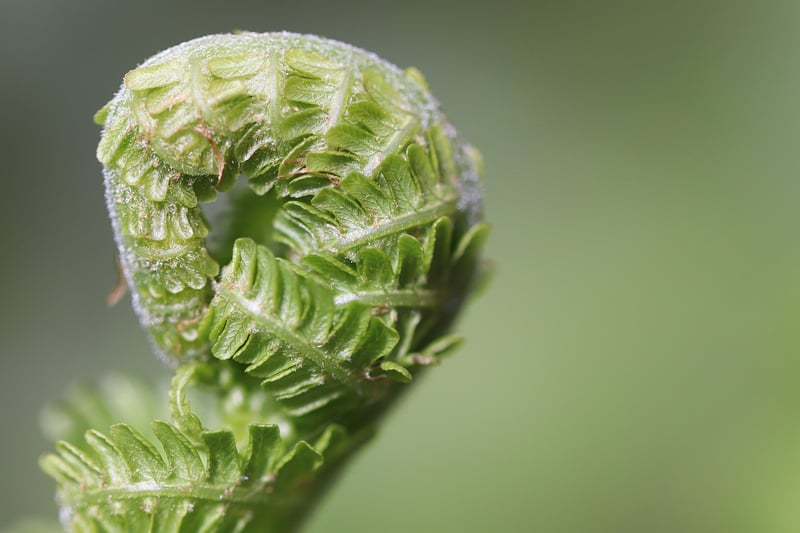Pruning Tips
Maintaining Healthy Plants: Essential Pruning Tips

Having lush, vibrant plants not only enhances the aesthetic appeal of your space but also contributes to a healthier environment. Proper pruning is a crucial aspect of plant care that promotes growth, improves flowering, and maintains overall plant health. Here are some essential pruning tips to help you keep your plants in top condition:
1. Use the Right Tools
Invest in high-quality pruning shears, loppers, and saws to ensure clean cuts that promote quick healing. Sharpen your tools regularly to prevent crushing or tearing the plant tissue.
2. Know When to Prune
Understand the specific growth habits of your plants and identify the best time to prune. Generally, it's recommended to prune flowering shrubs right after they bloom and to prune deciduous trees during their dormant season.
3. Remove Dead or Diseased Branches
Regularly inspect your plants for any dead, damaged, or diseased branches. Pruning these branches not only improves the plant's appearance but also prevents the spread of diseases and encourages new growth.
4. Maintain the Plant's Shape
Prune to maintain the natural shape of the plant while also promoting good airflow and sunlight penetration. Avoid drastic pruning that can stress the plant and lead to reduced vigor.
5. Consider the 3 D's
When deciding which branches to prune, focus on the 3 D's: Dead, Diseased, and Damaged. Removing these branches first will benefit the overall health of the plant.
6. Prune Conservatively
It's better to under-prune than over-prune. Start by removing small amounts of growth and step back periodically to assess the plant's appearance. You can always prune more if needed.
By following these pruning tips and incorporating regular maintenance into your plant care routine, you can enjoy healthy, thriving plants that enhance your indoor or outdoor space. Remember that each plant species may have specific pruning requirements, so always research the best practices for your particular plants.
Happy pruning!
